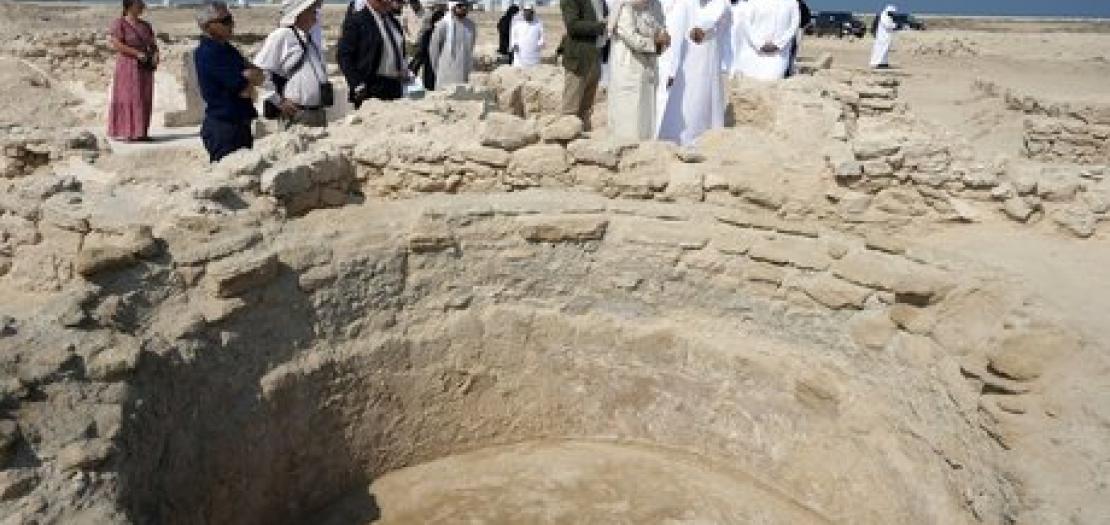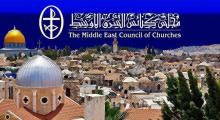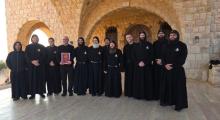Issued by the Catholic Center for Studies and Media - Jordan. Editor-in-chief Fr. Rif'at Bader - موقع أبونا abouna.org

An ancient Christian monastery, found on an islet off the coast of the United Arab Emirates (UAE), may date back to the period before the spread of Islam in the Arabian Peninsula. The discovery, which took place in recent days, restores even more value to the claims of historians and ecclesiastical leaders - including the Patriarch of Baghdad of the Chaldeans - that the Christian community is an essential and indigenous component, in the past as today, of the Middle Eastern region.
Interviewed by AsiaNews, Msgr. Paolo Martinelli, apostolic vicar of southern Arabia (United Arab Emirates, Oman and Yemen), speaks of a discovery of "objective value" from a "historical" point of view and in terms of "reconstructing the events" that have characterized the area.
"For us," the prelate continues, "it is important to know the history of this Christian monastic presence, even though currently the faithful of the vicariate are almost all migrants, coming from other Churches". There is, however, he concludes, an undoubted value 'in the find' that will have to be 'deepened' in the future.
A group of archaeologists engaged in a series of excavations in the Emirates has unearthed what appear to be the remains (in the photos) of an ancient Christian monastery on the island of Al-Sinniyah, belonging to the emirate of Umm Al-Quwain. In the area stood a church, a refectory, some cisterns for water supply and individual cells used by the religious.
The discovery sheds new light on the history of the origins of Christianity in the Gulf region, thanks in part to the use of dating methods such as radiocarbon dating and analysis of ceramics found at the site. The first results date the ancient monastic community between the end of the 6th century A.D. and the middle of the 8th century, fuelling conjectures that the presence of a settled community well before the arrival of Islam in the Arabian Peninsula.
"It is an extremely rare discovery," said Professor Tim Power of the UAE University, who was part of the team who discovered the monastery. "It is an important reminder of a lost chapter of Arab history." "The fact that something similar was happening here a 1,000 years ago is really remarkable, and this is a story that deserves to be told," he said.
Professor Power also rejected claims that Christianity was violently supplanted by the rise of Islam, explaining that there was also a period of at least 300 years of coexistence. "The place was slowly abandoned. There was no sign of devastation or violence or burning. There was incremental cultural and social change as Christianity faded out and Islam became dominant. It is a monument to tolerance and multi-faith society."
Last week's discovery on the island of Al-Sinniyah is not the first in the Gulf, as a similar structure had been found in the 1990s on the island of Sir Bani Yas in Abu Dhabi, hitherto believed to be the oldest in the Emirates. According to historians, the first Christian churches and monasteries in the region spread along the Persian Gulf to the coasts of present-day Oman and India; other similar places of worship can be found in Bahrain, Iraq, Iran, Kuwait and Saudi Arabia.







